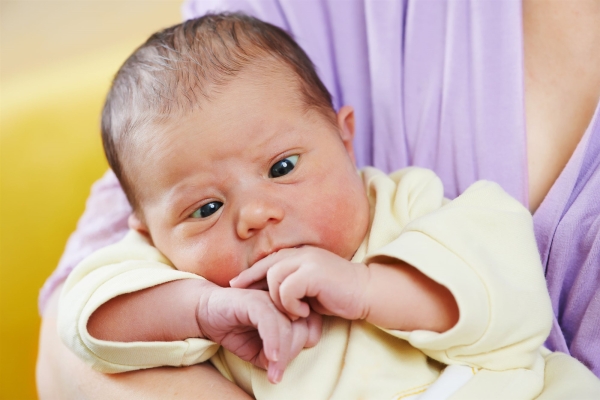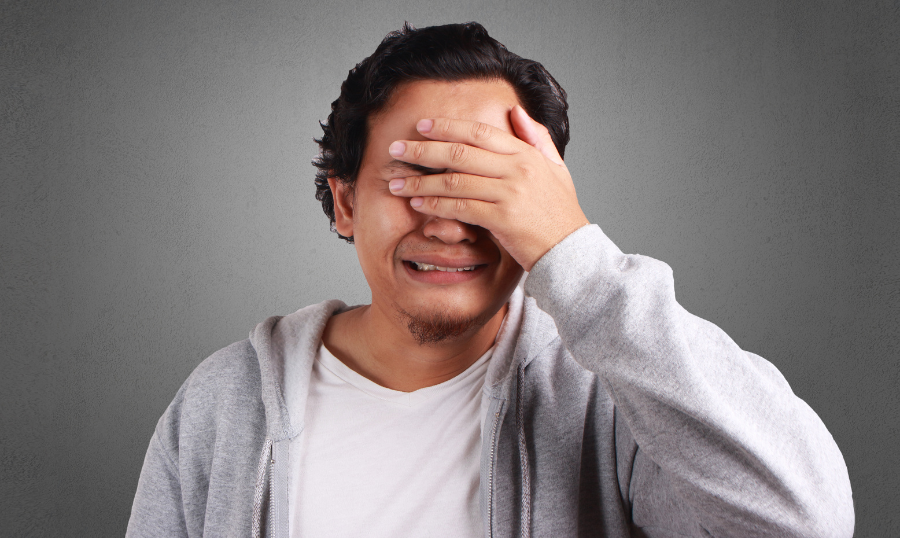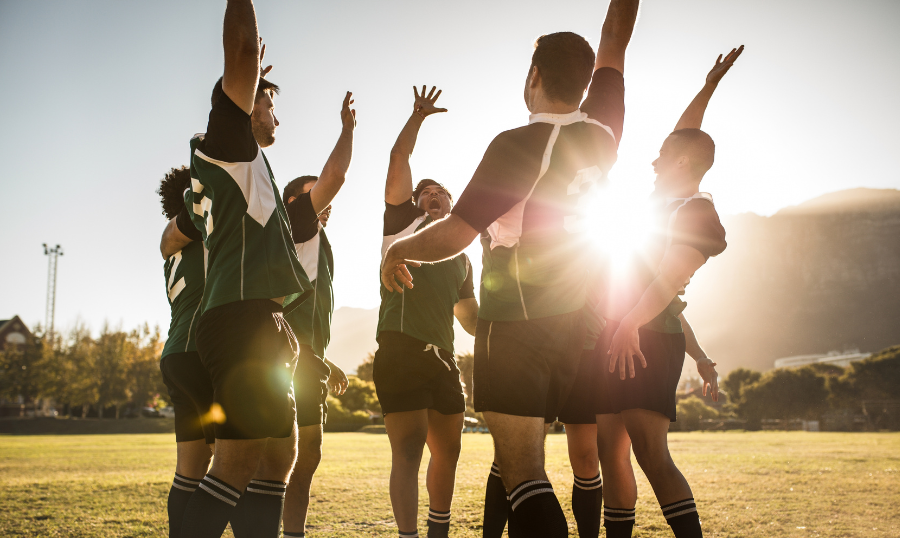The 5 Most Common Eye Injuries for Athletes
Sports and physical activities play a crucial role in maintaining a healthy lifestyle, but they also come with potential risks, including eye injuries

A squint or strabismus is a condition (most often found) in children where the eyes do not look in the same direction. Squints may be apparent all the time or only when the child is tired, unwell or focusing on a near or distant object. Usually, whilst one eye looks forward focusing on an object, the other eye is not aligned with the other, and is either turned inwards, outwards, upwards or downwards. However, a squint may vary depending on the gaze position.
The movement of each eye is controlled by six muscles that are responsible for generating all movements of the eyes in their bony orbits. With the exception of the inferior oblique, when considered together, these muscles take on the shape of a cone that enables the muscles to pull the eye in specific directions. The medial rectus muscle pulls the eye inwards and the lateral rectus outwards. The superior rectus is responsible for upwards movements of the eye and in the opposite direction, the inferior rectus muscle mostly pulls the eye downwards. To help stabilize the eye movements, the superior and inferior oblique muscles are responsible for the rotation of the eye and assist the rectus muscles in their movements.
A squint most commonly arises not because of an eye muscle abnormality but because of a weakness in the alignment centre in the brain. In other words, it is usually a control problem not a muscle problem. This is usually not associated with any neurological abnormalities. Sometimes there is a true muscle movement problem and sometimes an eye injury or other general health conditions can also be the cause the development of a squint.
Squints may be hereditary and often arise in the first few months of life, known as a congenital squint. However, they may also appear in older children for seemingly no apparent reason. Squints can also be linked to refractive errors where the shape of the eye does not bend light correctly, resulting in a blurred image, such as myopia (short-sightedness), astigmatism (where the eyeball shape is longer than normal) or hypermetropia (long sightedness). Children with refractive errors may find their eyes turn due to the effort of focusing to see clearly, which may lead to a squint over time.

Squints can be described using different terminology depending on the direction of the turning eye and how often the eye turns, which includes:
Certainly the appearance of a squint can lead to self-esteem problems for a child, but also this condition can become more than just a cosmetic problem if left untreated. For example, the possible effects of a squint include:
Treatment for a squint may include a combination of glasses, patching, eye drops, eye exercises and eye muscle surgery. Children suspected of having a squint should be seen without delay by an eye specialist as strabismus can usually be corrected when found early and treated.
Eyeglasses
In some cases, by reducing the focusing effort on the eyes, wearing glasses is sometimes enough to straighten the child’s eyes and correct the squint.
Eye Muscle Surgery
Eye muscle surgery is usually the recommended treatment option if eyeglasses, eye patching and/or eye drops can’t fix the child’s strabismus. Strabismus surgery involves tightening the weaker eye muscles and loosening the weaker ones, using special dissolvable stitches to hold the eye muscles in place. Most children will be able to go home on the same day as the surgery.
Eye Exercises
Unfortunately, there is only one relatively uncommon form of squint that is treatable with eye exercises.
Eye Patch
Patching one eye for a few hours each day does not fix a squint but is often used to treat the poor vision that can arise from a strabismus. While most children get used to wearing the patch, as it becomes part of their daily routine, this treatment option can be difficult with younger children. Most especially, it can be challenging getting a baby or toddler to accept wearing an eye patch and keep it on.
Eye Drops
In the case where a child refuses to wear an eye patch, eye drops might be a more suitable treatment option instead. Eye drops (called atropine drops) are administered into the straight eye to blur the vision in that eye, causing the weaker eye to work harder. This treatment method works in the same way as the patch – causing the weaker eye to do all the work so that the vision gets stronger. Like patching drops will not straighten the eyes.
Each case of strabismus is unique and treatment options should be discussed with your ophthalmologist as soon as possible. Early diagnosis and treatment are a child’s best chance of maintaining straight eyes and developing good vision and depth perception. Also from a social standpoint, having aligned eyes are important for a child’s healthy self-image and confidence.
Regular eye exams are the best way to detect strabismus. Therefore if you are concerned your child may have developed a squint, book an appointment with one of our expertly trained ophthalmologists to have it checked out.
To find more information on Squints (Strabismus) click the link: https://www.aucklandeye.co.nz/eye-conditions/squints/

Sports and physical activities play a crucial role in maintaining a healthy lifestyle, but they also come with potential risks, including eye injuries

For those leading an active lifestyle or engaged in sports, the significance of clear vision cannot be overstated.

Uncover the revolutionary technology behind LASIK that has empowered millions to enjoy clear vision without glasses.